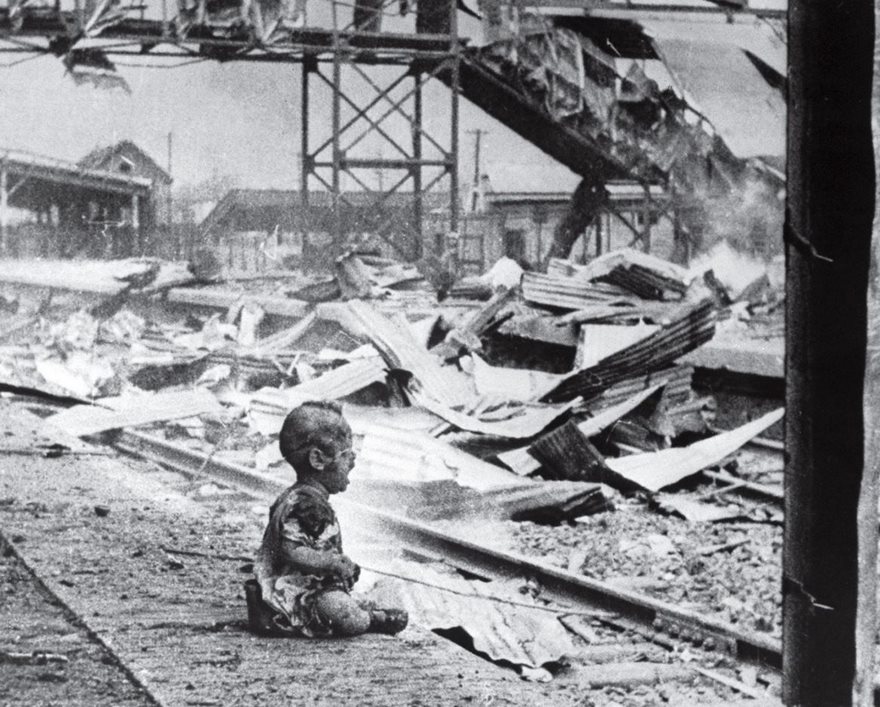_ Iconic image _

The imperialist wishes of the thirties had passed through Asia. Many Americans did not want to conflict in a distant land. But that opinion began to change as Japan's army went to Shanghai in 1937. The fight began there in August and the bombings caused panic and death in the streets.
The rest of the world did not notice the many victims until they saw what left an attack on August 28 by Japanese bombers.
H.S. Wong, photographer of Hearst Metrotone News, nicknamed Newsreel, arrived at the southern station and, according to him, was horrified that "my boots were full of blood."
In that place, Wong saw a Chinese baby crying, his mother was dead on the slopes near there. He said he quickly filmed the last part of his movie and then ran to take the baby to a safe place, but not before the boy's father ran and took him. Wong's image of the hurt and poor boy was sent to New York and appeared in Hearst's news, newspapers and life magazines. Seen by more than 136 million people, he played a personal chord that transcended ethnicity and geography. For so many people, the baby's pain represented the bad situation in China and the bloodlust of Japan.
The photo called Bloody Saturday became one of the most powerful news images of all time. It reveals the power of an image to influence public and official opinion. Wong's image led the United States, Britain and France to formally protest the attack and helped change Western sentiment in favor of entering what would become World War II.

The second Chinese-Japanese war, passed between 1937 and 1945, near World War II. It began when the Japanese army began the invasion of northern and eastern China. The invasion ended (after the US army joined China) with the surrender of Japan in 1945.
No hay comentarios:
Publicar un comentario